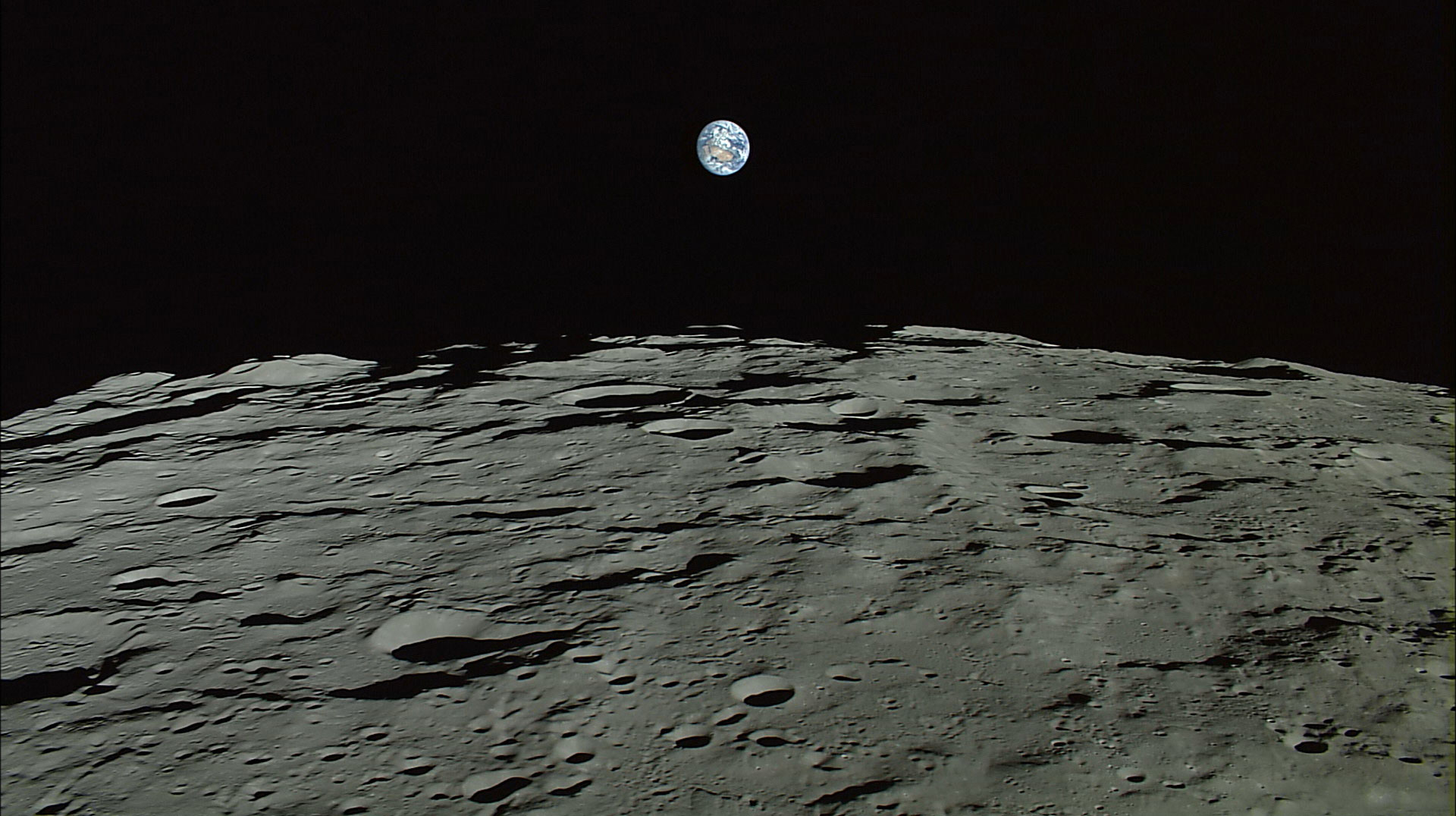
The Japanese Aerospace Exploration Agency, JAXA (a.k.a Japan’s NASA), recently released all of the data from its Kayuga spacecraft—named after a lunar princess—which orbited the moon from 2007 to 2008 and eventually impacted on the moon’s surface in 2009.
Kaguya was equipped with a camera that captured the first high-definition video of the lunar surface along with multiple still images. The goal of the mission was to perform a globe-wide survey in order to learn more about the moon’s origins and evolution. It’s not clear why it took JAXA so long to release the Kayuga images, though it is believed that the lens flare that is visible in many of them may have been the reason.
Still, even a flawed hi-def image of the moon can be striking and, as the above picture makes clear, a flawless one can be extraordinary. All of the images and videos produced by Kaguya can be seen on the Kaguya HDTV Data Publication System website.
More Must-Reads from TIME
- Cybersecurity Experts Are Sounding the Alarm on DOGE
- Meet the 2025 Women of the Year
- The Harsh Truth About Disability Inclusion
- Why Do More Young Adults Have Cancer?
- Colman Domingo Leads With Radical Love
- How to Get Better at Doing Things Alone
- Michelle Zauner Stares Down the Darkness
Write to Kim Bubello at kim.bubello@time.com